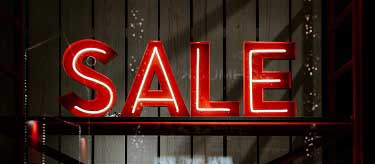
Personal finance & insights
Money Hacks: are bad mental accounting habits holding you back?
Money Hacks explores behavioural economics concepts and how unconscious biases can influence our financial decisions. Here's how mental accounting can negatively impact your everyday financial decisions — often without even realizing it.

Personal finance & insights
Money Hacks: don’t get tricked into buying things you don’t need
Money Hacks explores behavioural economics concepts and how unconscious biases can influence our financial decisions. Here's how to avoid being tricked into buying things you don't need.

Personal finance & insights
Money Hacks: you don’t need to win the lottery to get bitten by the windfall effect
Money Hacks explores behavioural economics concepts and how unconscious biases can influence our financial decisions. Here’s how to use a windfall to get ahead.